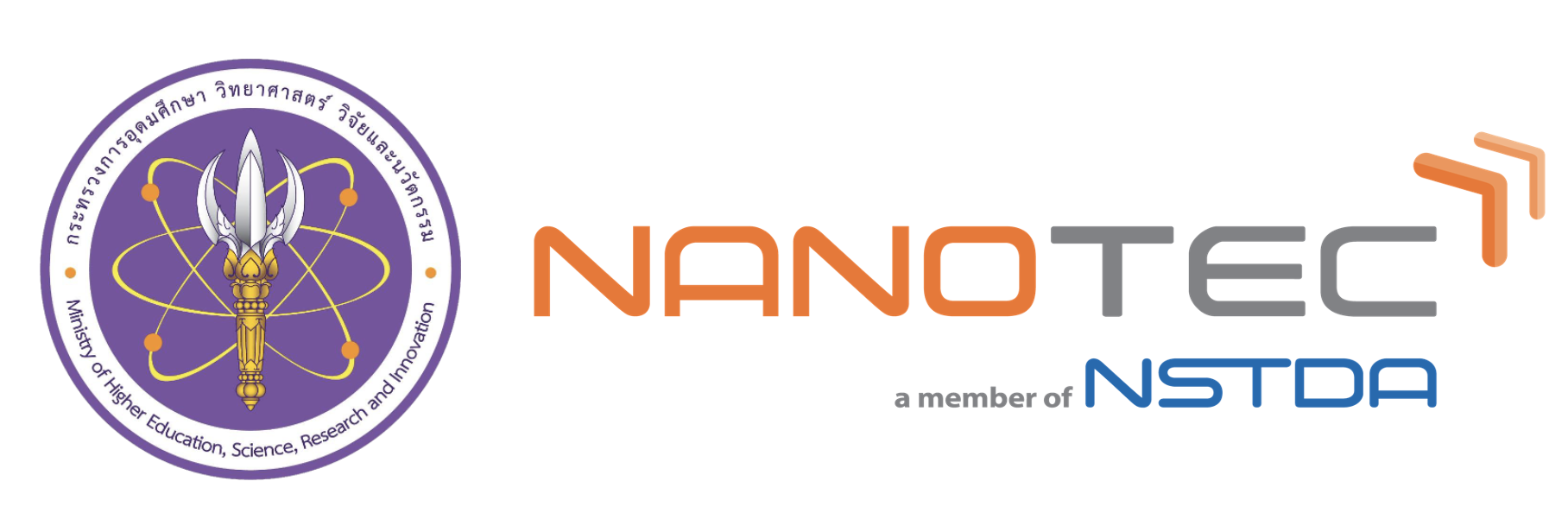
The NAI research team focuses on accelerating innovation in end-to-end artificial intelligence (AI) applications in various sectors, ranging from nanotechnology to healthcare, environmental, energy and agricultural sectors.
NAI’s end-to-end AI platform consists of three main components:
1) AI databases. Information is gathered and organized into a database via approaches such as text-mining, knowledge extraction and information retrieval.
2) AI models. AI models and analytical tools are developed using the data in the database via approaches such as mathematical modeling, machine learning and deep learning.
3) AI applications. End-user applications focus on making AI models and tools accessible to users via mobile/web application.
Research highlights
- Nanomaterial / drug discovery
NAI’s end-to-end AI platform helps advance research and development in nanocatalysis, functional nanomaterials, and active compounds, leading to the discovery of new nanocatalysts, nanomaterials and drugs.
- AI assisted X-ray Absorption Spectroscopy (XAS) analysis
XAS is one of the advanced characterization techniques that provide atomic level information over a wide range of materials, while requiring significant expertise and time to obtain such information. NAI’s end-to-end AI platform helps not only to ease an intensive effort of XAS analysis, resulting from an extensive amount of experiments, but also to promote the accessibility of the technique to new users.
- Deep learning for biomedical applications
Deep learning has progressively gained in importance in healthcare due to its versatile ability to discover information hidden in complex data. NAI’s end-to-end AI platform helps develop and utilize deep learning methods to gain insights from such complex biomedical data in a wide range of applications including neurology and radiography.
Contact us: https://peer-ai.com/contactus
Keywords: deep learning, machine learning, artificial intelligence, mathematical modeling, multi-physics, nanoinformatics, finite element method (FEM), text mining, data mining, computer vision, signal processing, blockchain, distributed computing, web and mobile applications, nanotechnology, nanomaterials, nanocatalysis, drug discovery, AI platform, nanomaterial database, AI databases, AI models, AI applications

Selected publications (*corresponding author)
Deep learning in computer vision
- Teerapittayanon, S.* and Kung, H.T., 2019, July. Daimon: A decentralized artificial intelligence model network. In 2019 IEEE International Conference on Blockchain (Blockchain) (pp. 132-139). IEEE.
- Teerapittayanon, S.*, McDanel, B. and Kung, H.T., 2017, June. Distributed deep neural networks over the cloud, the edge and end devices. In 2017 IEEE 37th International Conference on Distributed Computing Systems (ICDCS) (pp. 328-339). IEEE.
- McDanel, B., Teerapittayanon, S. and Kung, H.T., 2017, December. Incomplete dot products for dynamic computation scaling in neural network inference. In 2017 16th IEEE International Conference on Machine Learning and Applications (ICMLA) (pp. 186-193). IEEE.
- Teerapittayanon, S.*, McDanel, B. and Kung, H.T., 2016, December. Branchynet: Fast inference via early exiting from deep neural networks. In 2016 23rd International Conference on Pattern Recognition (ICPR) (pp. 2464-2469). IEEE.
Deep learning in medical imaging and agriculture
- Bilgic, B., Chatnuntawech, I.*, Manhard, M.K., Tian, Q., Liao, C., Iyer, S.S., Cauley, S.F., Huang, S.Y., Polimeni, J.R., Wald, L.L. and Setsompop, K., 2019. Highly accelerated multishot echo planar imaging through synergistic machine learning and joint reconstruction. Magnetic resonance in medicine, 82(4), pp.1343-1358.
- Chatnuntawech, I.*, Tantisantisom, K., Khanchaitit, P., Boonkoom, T., Bilgic, B. and Chuangsuwanich, E., 2018. Rice classification using spatio-spectral deep convolutional neural network. arXiv preprint arXiv:1805.11491.
- Yoon, J., Gong, E., Chatnuntawech, I., Bilgic, B., Lee, J., Jung, W., Ko, J., Jung, H., Setsompop, K., Zaharchuk, G. and Kim, E.Y., 2018. Quantitative susceptibility mapping using deep neural network: QSMnet. Neuroimage, 179, pp.199-206.
Mathematical modeling and multi-physic simulations
- Liangruksa, M.*, Laomettachit, Teeraphan and Siriwong, C., “Enhancing gas sensing properties of novel palladium-decorated zinc oxide surface: a first-principles study,” Materials Research Express, vol. 8, p. 045004, 2021/04/01 2021.
- Laomettachit, T., Liangruksa, M., Termsaithong, T., Tangthanawatsakul, A. & Duangphakdee, O. A model of infection in honeybee colonies with social immunity. PLOS ONE 16, e0247294, doi:10.1371/journal.pone.0247294 (2021).
- Liangruksa, M.*, Sukpoonprom, P., Junkaew, A., Photaram, W. & Siriwong, C. Gas sensing properties of palladium-modified zinc oxide nanofilms: A DFT study. Applied Surface Science 544, 148868, doi:https://doi.org/10.1016/j.apsusc.2020.148868 (2021).
- Thongkham, W., Lertsatitthanakorn, C., Jitpukdee, M., Jiramitmongkon, K., Khanchaitit, P., Liangruksa, M.*, 2019. Conductive nanofilm/melamine foam hybrid thermoelectric as a thermal insulator generating electricity: theoretical analysis and development. Journal of Materials Science 54, 8187-8201.
- Thongkham, W., Lertsatitthanakorn, C., Jiramitmongkon, K., Tantisantisom, K., Boonkoom, T., Jitpukdee, M., Sinthiptharakoon, K., Klamchuen, A., Liangruksa, M., Khanchaitit, P., “Self-assembled three-dimensional Bi2Te3 nanowire–PEDOT:PSS hybrid nanofilm network for ubiquitous thermoelectrics,” ACS Applied Materials & Interfaces, 2019/01/18 2019.
- Ngamaroonchote, A., Liangruksa, M., Hanlumyuang, Y., Wijitwiengrat, T., Laocharoensuk, R., 2019. A gold coated polystyrene ring microarray formed by two-step patterning: construction of an advanced microelectrode for voltammetric sensing. Microchimica Acta 186, 349.
- Sun, J., Pimcharoen K., Wagner, S.R., Duxbury, P.M., Zhang, P (2014) , Nanoscale imaging of dense fiber morphology and local electrical response in conductive regioregular poly(3-hexylthiophene) , Organic Electronics, 15 (2), pp. 441-448
